بكاشين : يُعرف هذا الطائر قليل الألوان من خلال منقاره الطويل وبنيته القوية ويصعب مُلاحظته وسط موطنه المُغطى بالكساء الخضرى الكثيف نسبيًّا ، ويتزاوج بالمُستنقعات الرطبة بشمال أوربا ، بينما يُفضل الأماكن الأكثر جفافًا شتاءً . ويتواجد بأعداد قليلة بين الطيور المُهاجرة التى تشاهد فى شمال سيناء .
القمري:
يعتبر طائر القمري من أول الطيور قدوما في موسم الهجرة ،ورؤيته تبعث في النفس التفاؤل والانشراح لحلول موسم الصيد، خصوصاً عند الصقارين وهواة الصيد ، فيما إن يروا القمري حتى يبدؤون بالتجهيز لرحلات الصيد الممتعة ،وللقمري شعبية واسعة عند الكثير ، وهو يكثر في المناطق القروية حيث المزارع والحقول والمستنقعات المائية ولغذاء الوفير من مختلف الحبوب، والقمري طائر لحمه لذيذ، وقد كان إلي عهد قريب يسد رمق أهل البادية حاله في ذالك كما القطا والكروان ، وغيرها من طيور الصحراء النباتية.
قال علماء الحيوان العرب إن القمري طائر مشهور كنيته (أبو زكي وأبو طلحة) وهو حسن الصوت والأنثى قمرية والذكر ساق حر والجمع قماري غير مصروف قال ابن السمعاني في الأنساب : القمرة بلده تشبه الجص لبياضها وأظنها بمصر منا الحجاج بن سليمان بن أفلج القمري المصري روي عن مالك بن أنس والليث بن سعد وغيرهما ، مات فجأة سنة ثمان وتسعين ومائة هجرية ، وروي عنها محمد بن سلمة المرادي وغيره ، وقال : والقمري طائر منسوب إلي هذه البلدة هكذا ذكره صاحب المجمل ، وقال ابن سيده: القمري طائر صغير من الحمام و الأنثى قمرية وجمعها قماري وقمر. أما تعريفه العلمي فقد جاء أن القمري طائر جميل المنظر ذو صوت موسيقي عذب وجسم رشيق ، قد يصل طوله إلى 30سم والأجزاء العليا من جسم هذا الطائر لونها أسود وبني وجوزي، بينما تكون أجزاؤه السفلي ذات لون قرنفلي خفيف مع بقعة مميزة على العنق لونها أبيض وأسود ، وذكر هذا الطائر وأنثاه متشابهان من حيث الشكل ، وتضع القمرية بيضتين لونهما وردي وأبيض في عش مهلهل ، يمكن بناؤه في مكان منخفض في إحدى الأشجار وفي شجرة كثيفة الأغصان وتعيش القمرية في الغابات وبالقرب من المزارع ، إذ تتغذي بالحبوب ، وفي فصل الخريف تهاجر القماري إلى إفريقيا وجنوب أسيا وجاء في الثقافة التقليدية في المملكة العربية السعودية أن قمرية النخل القوقسي هي طائر طوله 28سم ، ويتكاثر في كثير من بلدان العالم، ويعد طائر مقيما في المملكة واسع الانتشار في أغلب مناطقها ، بدأت بعض أفراده تغزو المدن والمنازل ، وهو طائر صغير الحجم خفيف الجسم ، يسوده اللون الوردي الأسمر ، لون العنق وأعلى الصدر بنفسجي باهت و أرياش الذيل الخارجية لها أصراف بيض .
ريش ذيل طائر القمري رمادي برتقالي أعلاه ، والرمادي الداكن يميل الى الأبيض أدناه ؛ كما ريش الذيل الخارجي أعلاه ابيض ، الساقين قصيرة هي الأحمر والمنقار هو أسود . القزحية باللون الاحمر ، ولكن من مسافة العينين تبدو سوداء ، ويحيط العين عن طريق منطقة صغيرة من الجلد العاري ، والذي هو إما بيضاء أو صفراء . الجنسين لا يمكن تمييزها تقريبا ؛ الأحداث تختلف في وجود طوق سيئة المتقدمة ، وقزحية باللون البني









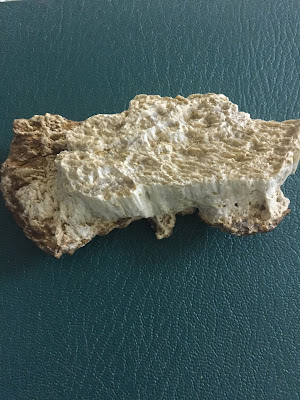


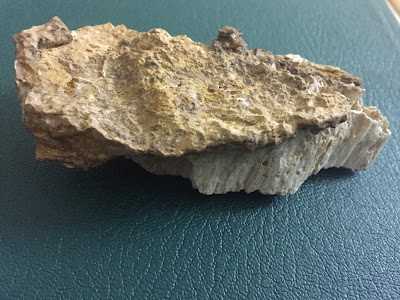


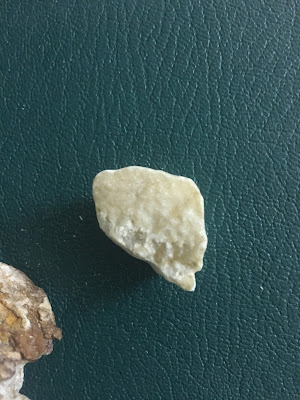
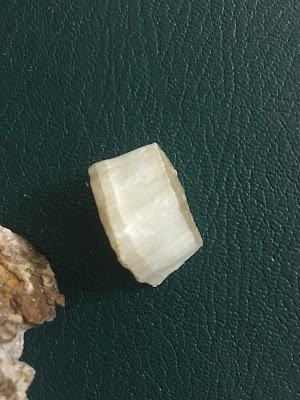
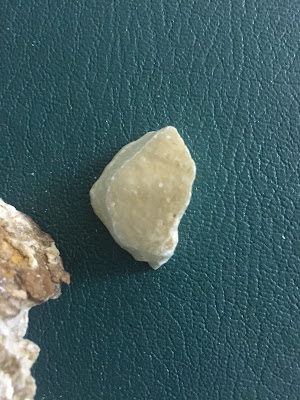



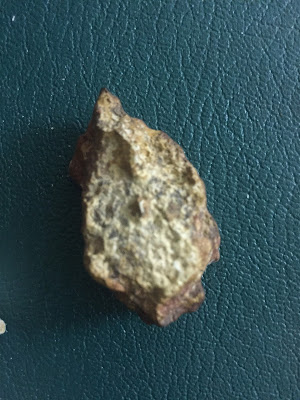



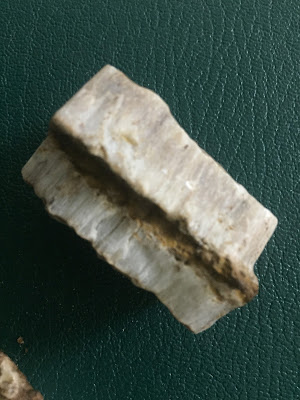

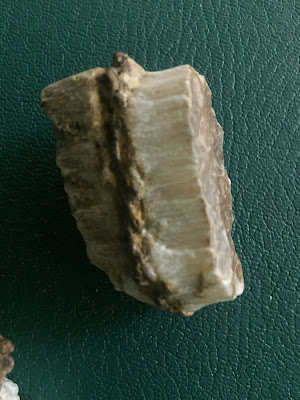




_13.jpg)

